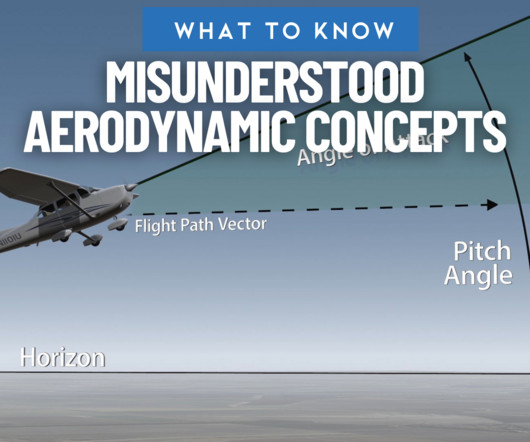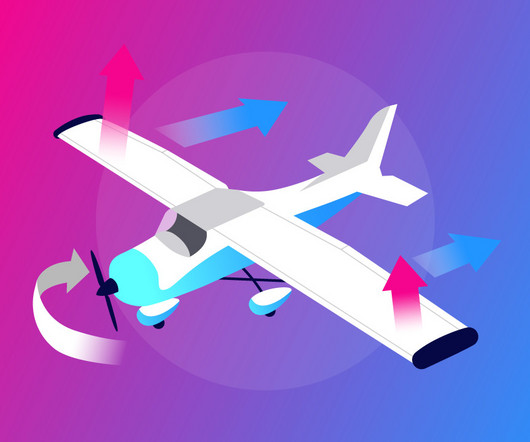Tailless Aircraft: How Airplanes Fly Without a Tail
Pilot Institute
JUNE 4, 2025
Have you ever seen an airplane with no tail and no vertical fin, but with just a sleek wing? A tailless aircraft is a fixed-wing airplane without a horizontal stabilizing surface. A tailless airplane is one where everything needed to fly, like lift, control, and stability, is built into the main wing. Why does this matter?
















Let's personalize your content